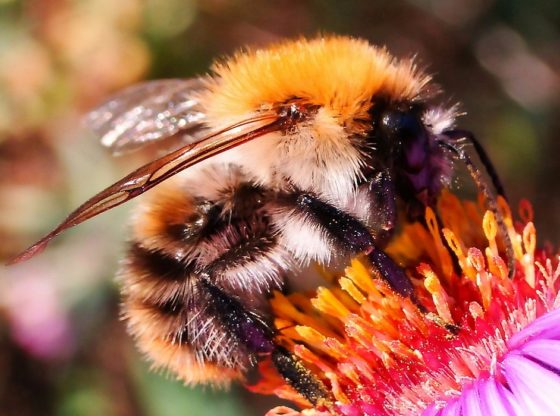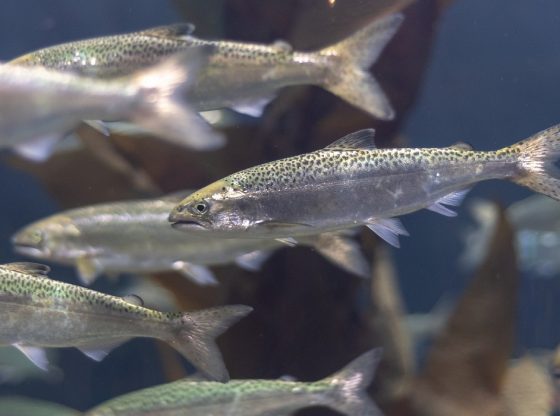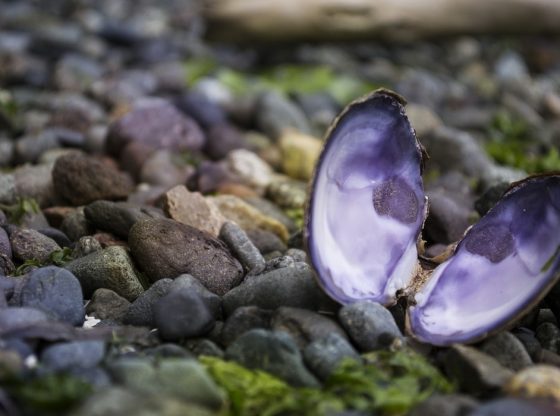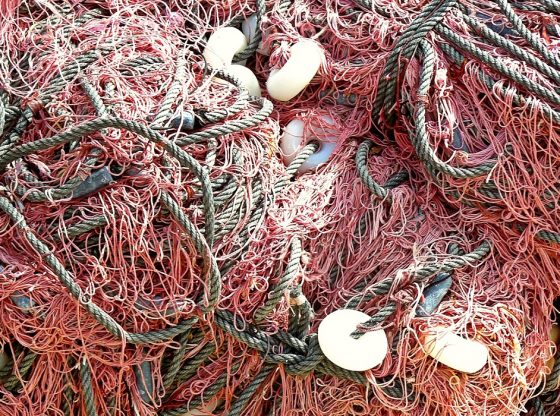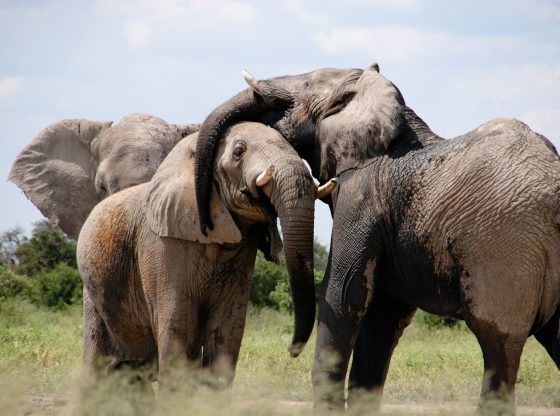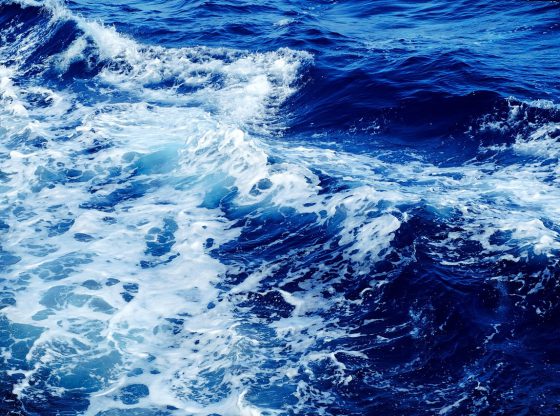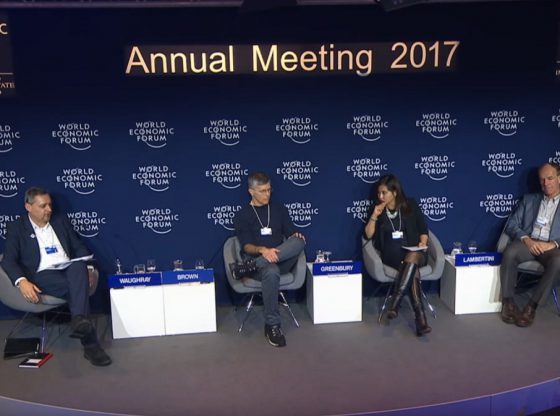Covering 70 percent of Earth’s surface, the world’s oceans are vast and deep. According to researchers in a new study; nearly every coastal country has the potential to meet its own domestic seafood needs through aquaculture.
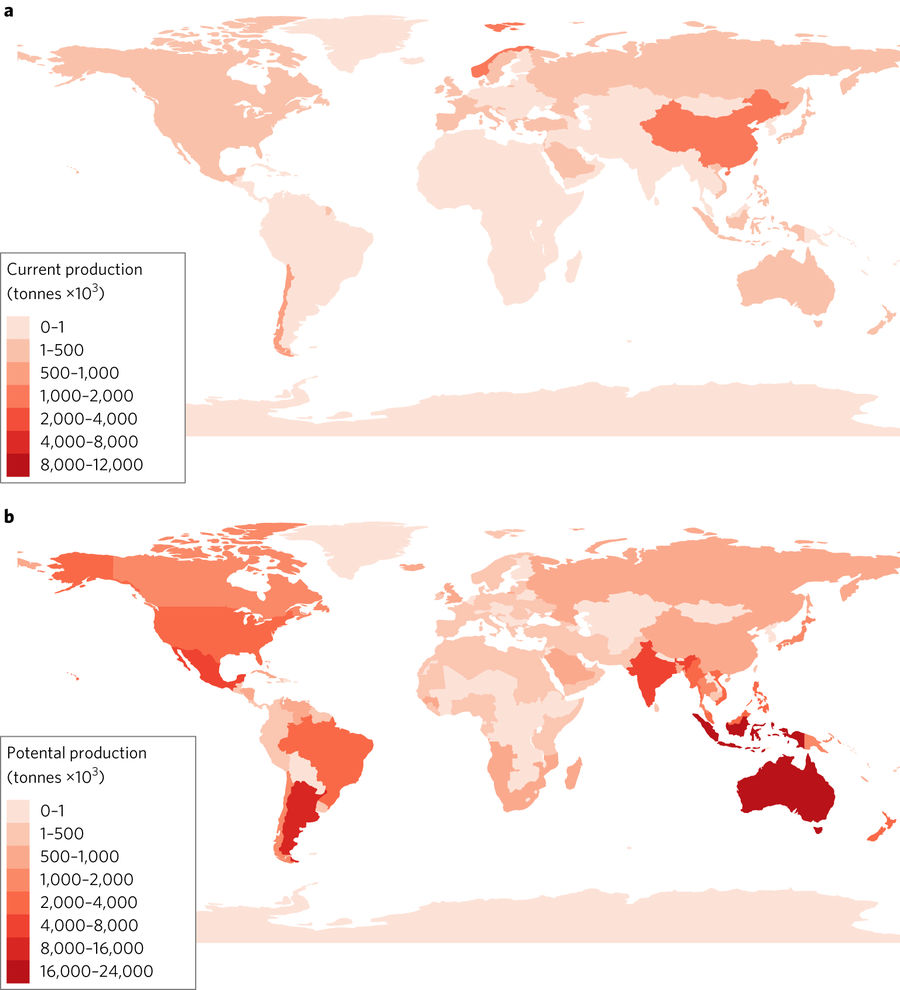
The human population looks set to reach 10 billion people by 2050 and with increasing demand for fish and fish protein, this has resulted in widespread overfishing in wild fisheries. Momentum is building to look towards other potential sources of food production.
Food production on land is a major driver of global environmental change; agriculture accounts for 70% of global freshwater consumption, contributes almost 24% of global greenhouse gas emissions, and today occupies approximately 40% of the Earth’s surface.
There are, therefore, many and very powerful incentives for expansion into the oceans. However, today most of the world’s fish farming takes place in landfills, in freshwater, and in nearshore marine waters, with only a fraction that occurs in the sea.
American researchers have constructed a model for how much we could increase fish farming worldwide. The researchers divided the world’s seas into smaller squares, then examined each square, evaluation temperature, and growth opportunities for over a hundred different cultivable seafood species.
Even if we were to cultivate only 0.015 percent of the surface of the ocean, we would be able to produce as much fish as is caught in the wild today, according to the publication published in the journal Nature Ecology and Evolution.
Open-ocean aquaculture appears to have several advantages over the more traditional culturing methods, including fewer spatial conflicts and a higher nutrient assimilation capacity, highlighting the opportunities for sustainable marine development.
The sea areas used for transport, the oil industry and marine reserves are not included, but researchers still came to the conclusion that there is no area that limits the cultivation. Instead, the only aspects that hinder development are political decisions, economics and distance from market to cultivation.
once the production potential was determined, we removed unsuitable areas with certain common environmental or human-use constraints. We excluded areas with unsuitable growing conditions due to low dissolved oxygen (fish only) and low phytoplanktonic food availability (bivalves only). We also eliminated areas at > 200 m depth because they are generally too deep (and thus expensive) to anchor farms, and areas already allocated to other uses, including marine protected areas, oil rigs and high-density shipping areas
The researchers found that almost every coastal country has the potential to expand its marine environment. However, for many countries where farmed fish would provide the most marginal revenue, have barely any fish farming at all today. Indonesia, India, and Kenya are mentioned as very promising.
we estimate that approximately 15 billion tonnes of finfish could be grown every year—over 100 times the current global seafood consumption.
Today, China provides the world market with over half of the world’s farmed fish. Asia – including South Asia, South-East Asia, China and Japan – is projected to make up 70 percent of global fish consumption by 2030. Worldwide, the most important fish species used in fish farming are carp, tilapia, salmon, and catfish.
References:
Rebecca R. Gentry et al. Mapping the global potential for marine aquaculture. Nature Ecology and Evolution. DOI: 10.1038/s41559-017-0257-9
Max Troell et L. Ocean space for seafood. Nature Ecology and Evolution, news. DOI: 10.1038/s41559-017-0304-6

